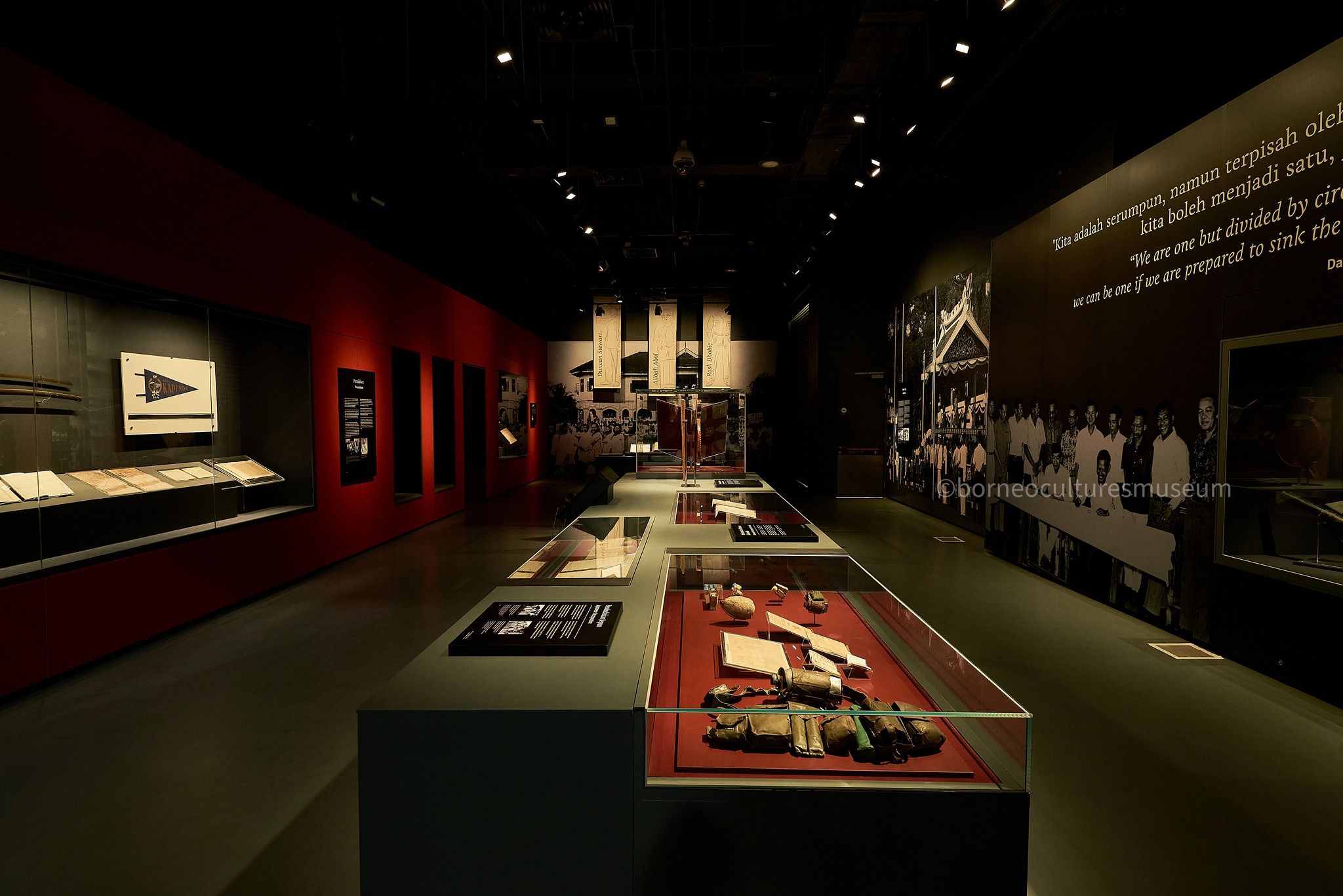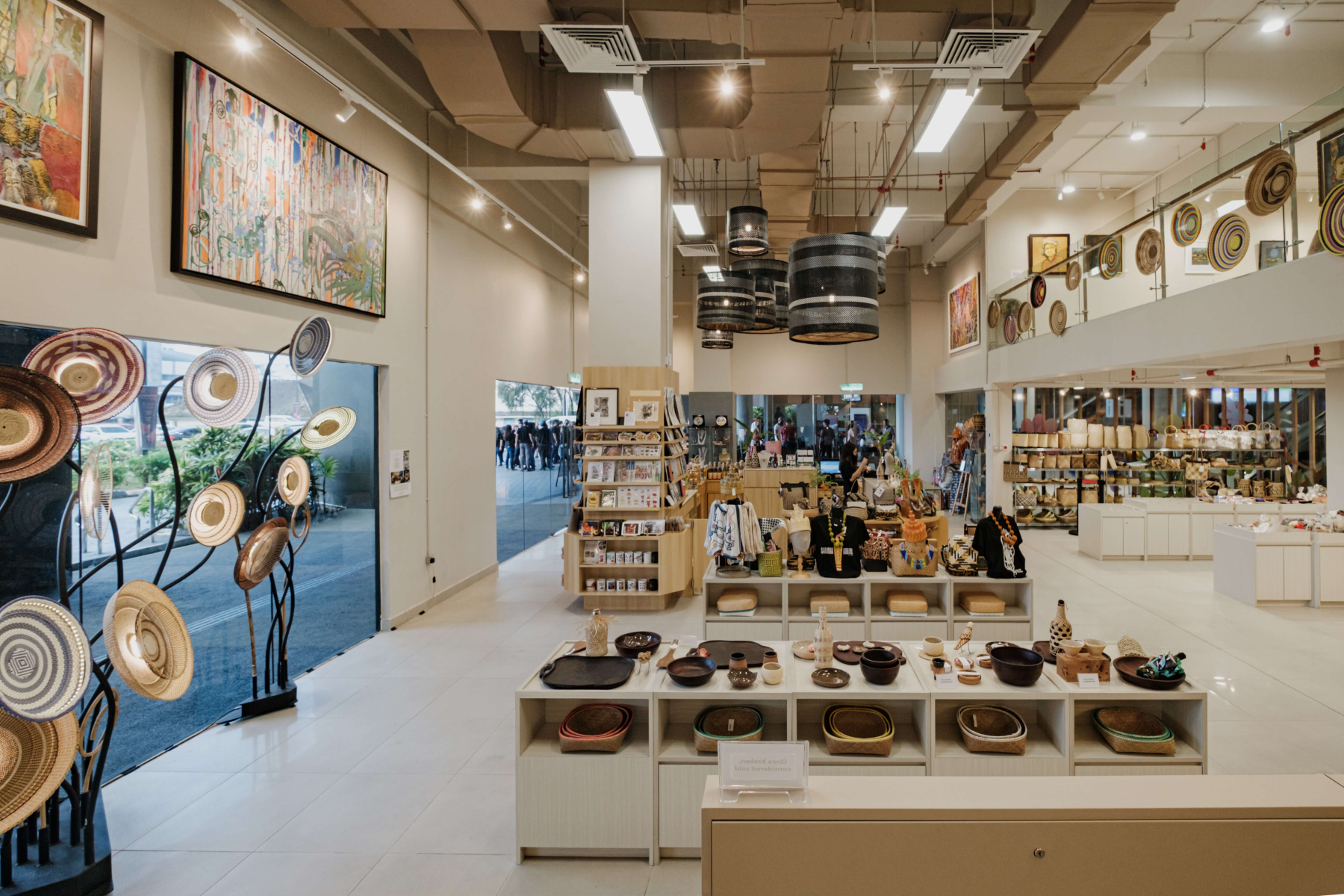Look Into the Fascinating Globe of Borneo's Cultural Heritage: A Comprehensive Guide to the Cultures Museum Experience
Immersing oneself in the detailed tapestry of Borneo's social heritage is comparable to getting started on a trip via time and custom. The blend of native people, standard inventions, captivating performances, and historical narratives housed within the boundaries of the island's museums provides a glimpse into a world including lively customs and extensive legacies. As site visitors go across with these databases of society, they are bid to check out a realm where past and existing intermingle, welcoming contemplation on the resilience and richness of Borneo's varied heritage.
Indigenous Tribes of Borneo
Borneo is home to over 50 aboriginal people, each with special social techniques and practices that have been maintained for generations. Among these tribes are the Iban, known for their intricate tattoos and standard longhouses where multiple households stay. The Dayak individuals, another popular team, engage in intricate spiritual ceremonies and are knowledgeable artisans, crafting intricate wood carvings and woven fabrics. The Penan people, on the various other hand, are nomadic hunter-gatherers with a deep connection to the rainforest, utilizing blowpipes for hunting and gathering wild plants for nutrition.
These indigenous tribes play a crucial duty in keeping Borneo's rich social tapestry. Site visitors to Borneo have the possibility to involve themselves in the unique way of lives of these tribes with cultural trips, homestays, and community-based tourist initiatives.
Conventional Handicrafts and Artefacts

One prominent instance of traditional inventions in Borneo is the manufacturing of woven goods - Borneo Cultures Museum. Experienced weavers utilize all-natural fibers like pandan, rattan, and bamboo leaves to develop complex baskets, floor coverings, and devices decorated with vivid patterns that hold symbolic significances within the neighborhood
The art of woodcarving is one more significant aspect of Borneo's standard inventions. Artisans carve elaborate styles into different types of wood to produce masks, sculptures, and musical tools that not only offer useful objectives yet likewise hold cultural significance, usually illustrating mythology or spiritual ideas.
Additionally, Borneo is renowned for its beadwork, with craftsmens thoroughly crafting grains from materials like glass, seeds, and coverings to create precious jewelry, clothing decorations, and decorative things that showcase the region's vivid visual practices. These typical inventions and artefacts not just offer as substantial expressions of Borneo's cultural heritage but also supply insights into the communities' beliefs, values, and way of living.

Social Performances and Festivals
With a browse around this site deep-rooted connection to their social customs, the areas in Borneo come alive through lively social performances and celebrations that celebrate their heritage. These occasions display the abundant diversity of Borneo's ethnic groups, each offering distinct dances, songs, and routines that have been passed down through generations. One of one of the most distinguished festivals is the Gawai Dayak, celebrated by the Dayak individuals to mark the rice harvesting season. Throughout this event, typical music fills up the air, detailed dances are done, and sophisticated conventional costumes are worn. An additional significant occasion is the Pesta Kaamatan, celebrated by the Kadazandusun neighborhood to appreciate for the rice harvest. This event includes cultural performances, including the Sumazau dance, and typical sporting activities like the bamboo dance. Site visitors to Borneo can submerse themselves in these celebrations, getting a deeper understanding of the region's social heritage and experiencing the cozy friendliness of its individuals. Cultural efficiencies and festivals act as a lively suggestion of Borneo's rich social tapestry and the importance of protecting these traditions for future generations.
Historic Stories and Artifacts
Checking out the historic narratives and artifacts of Borneo offers a remarkable look right into the region's rich past and social development. Borneo's historical tapestry is woven with diverse influences, showing the interactions in between aboriginal tribes, Chinese investors, European colonizers, and Malay sultanates. The artifacts located in Borneo showcase this intricate background, varying from traditional crafts like intricate beadwork and woodcarvings to historical treasures such as ancient pottery and devices.
One of the most compelling aspects of Borneo's historic stories is the preservation of oral customs passed down through generations. These stories provide insights into the beliefs, personalizeds, and day-to-days live of Borneo's residents throughout the centuries. The artifacts discovered from archaeological sites offer substantial connections to these narratives, allowing visitors to witness the product society of previous societies firsthand.
Contemporary Cultural Conservation Efforts

Moreover, instructional programs and cultural exchange tasks play a vital function in increasing recognition about the significance of maintaining Borneo's unique cultural heritage. By involving schools, museums, and the wider community in conversations and activities that celebrate Borneo's varied societies, preservation initiatives can get energy and assistance for lasting sustainability. Partnerships in between governmental bodies, charitable organizations, and local areas are essential in driving these conservation undertakings onward, ensuring that Borneo's rich cultural heritage continues to be lively and treasured for generations to find.
Conclusion
Finally, the cultural heritage of Borneo is abundant and varied, with indigenous tribes, standard inventions, social efficiencies, celebrations, historical narratives, and modern preservation efforts all adding to its uniqueness and value. Visitors to Borneo's cultural galleries can get a deeper understanding and admiration of the area's social heritage, permitting for a more immersive and enlightening experience.
Immersing oneself in the intricate tapestry of Borneo's social heritage is akin to beginning on a voyage with time and custom.With an ingrained connection to their cultural traditions, the communities in Borneo come alive with lively cultural performances and festivals that celebrate their heritage. Cultural performances and celebrations serve as a vibrant tip of Borneo's rich cultural tapestry and the importance of protecting these practices for future generations.
Additionally, academic programs and cultural exchange tasks play an essential role in increasing awareness regarding the importance of preserving Borneo's distinct social heritage. other Cooperations between governmental bodies, non-profit companies, and regional areas are necessary in driving these preservation undertakings onward, ensuring that Borneo's rich cultural heritage continues to be vibrant and treasured for generations to come.